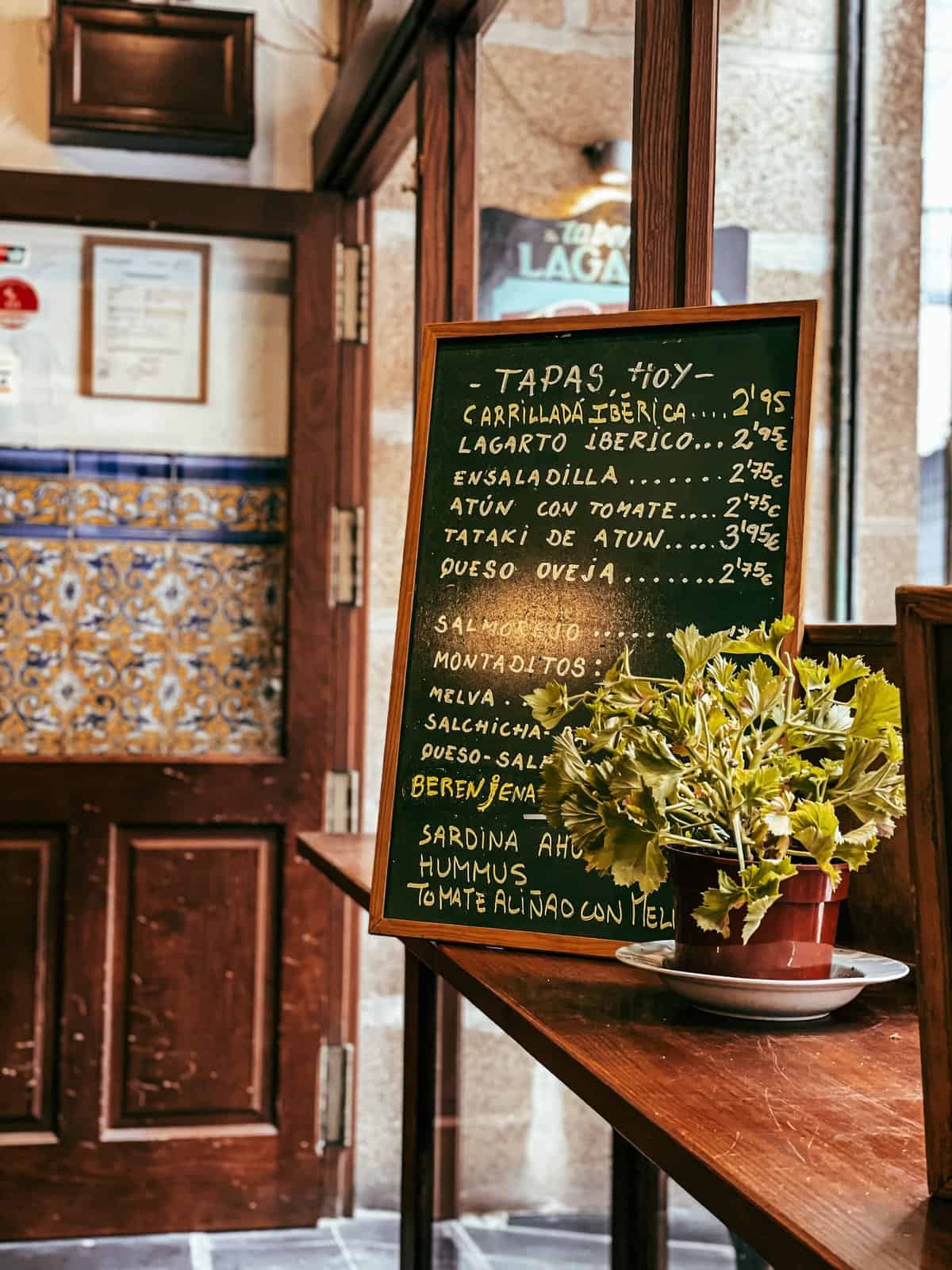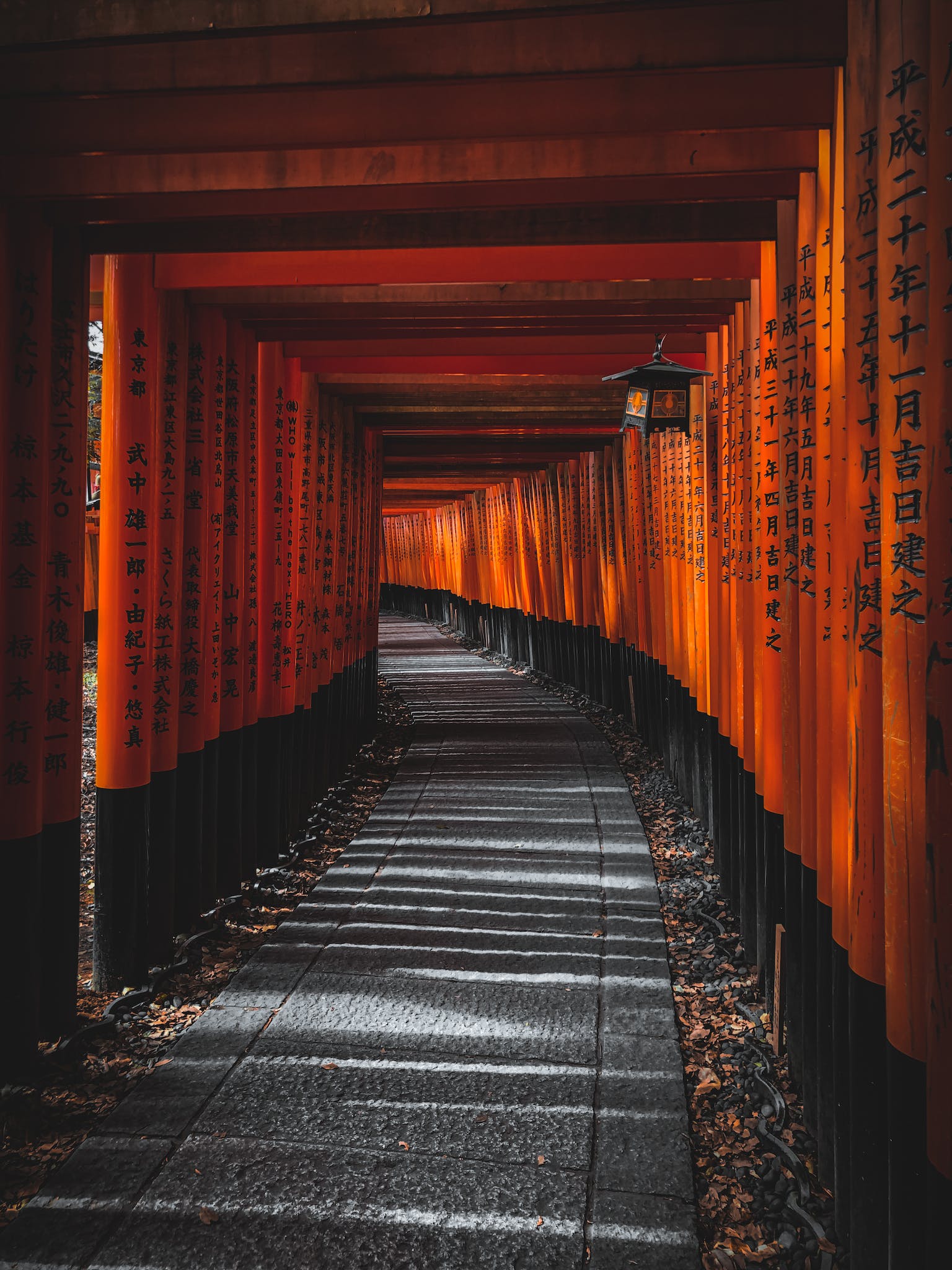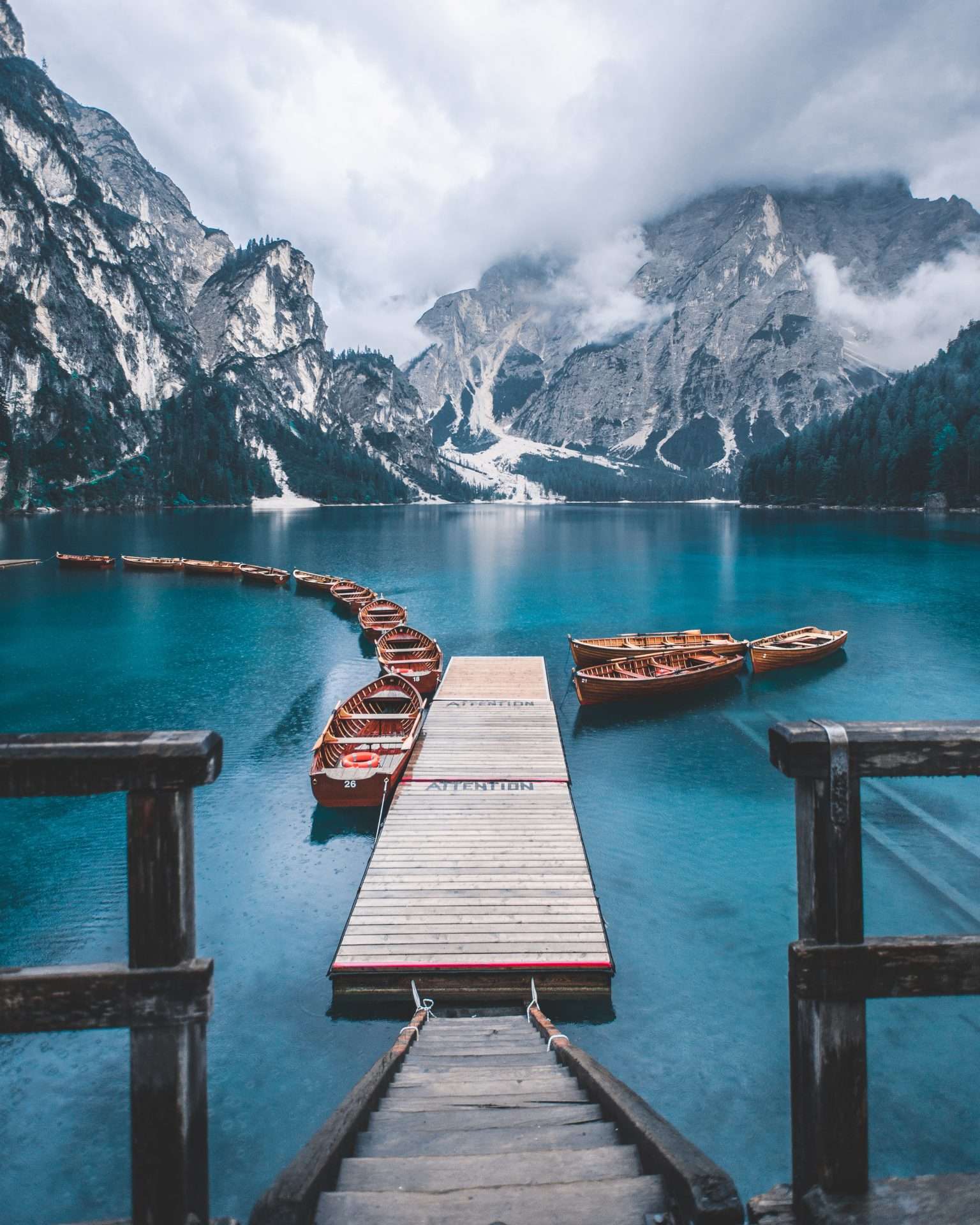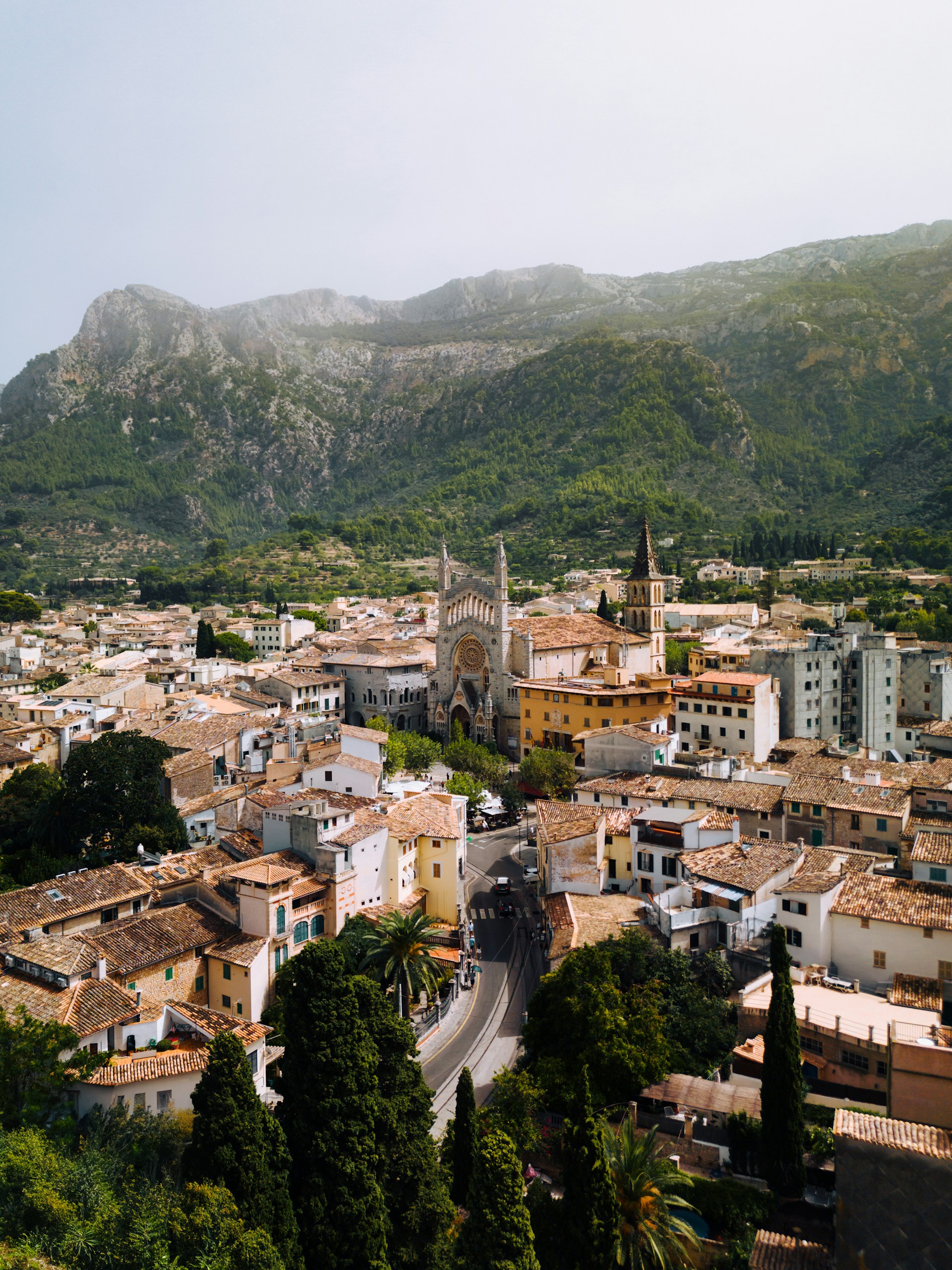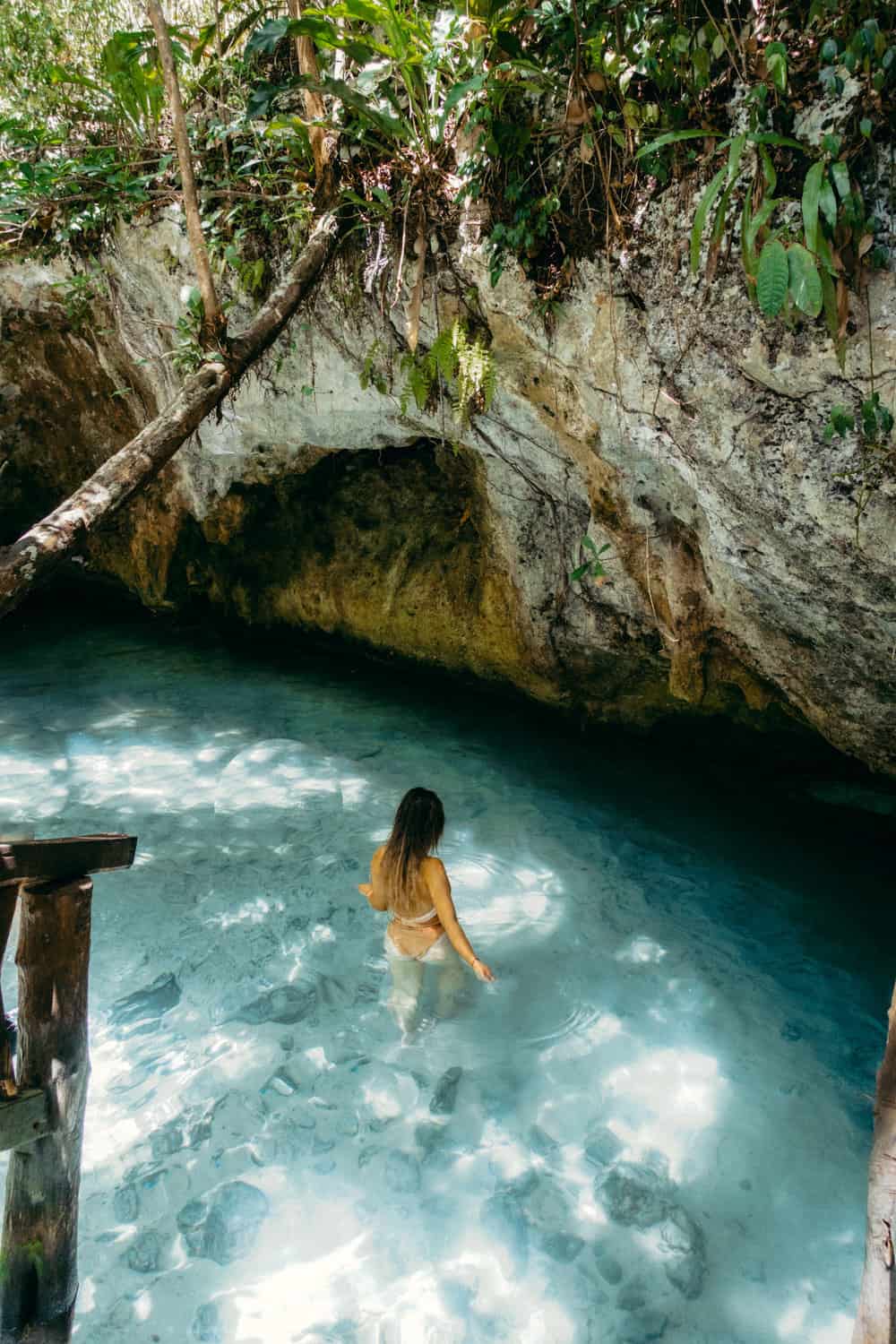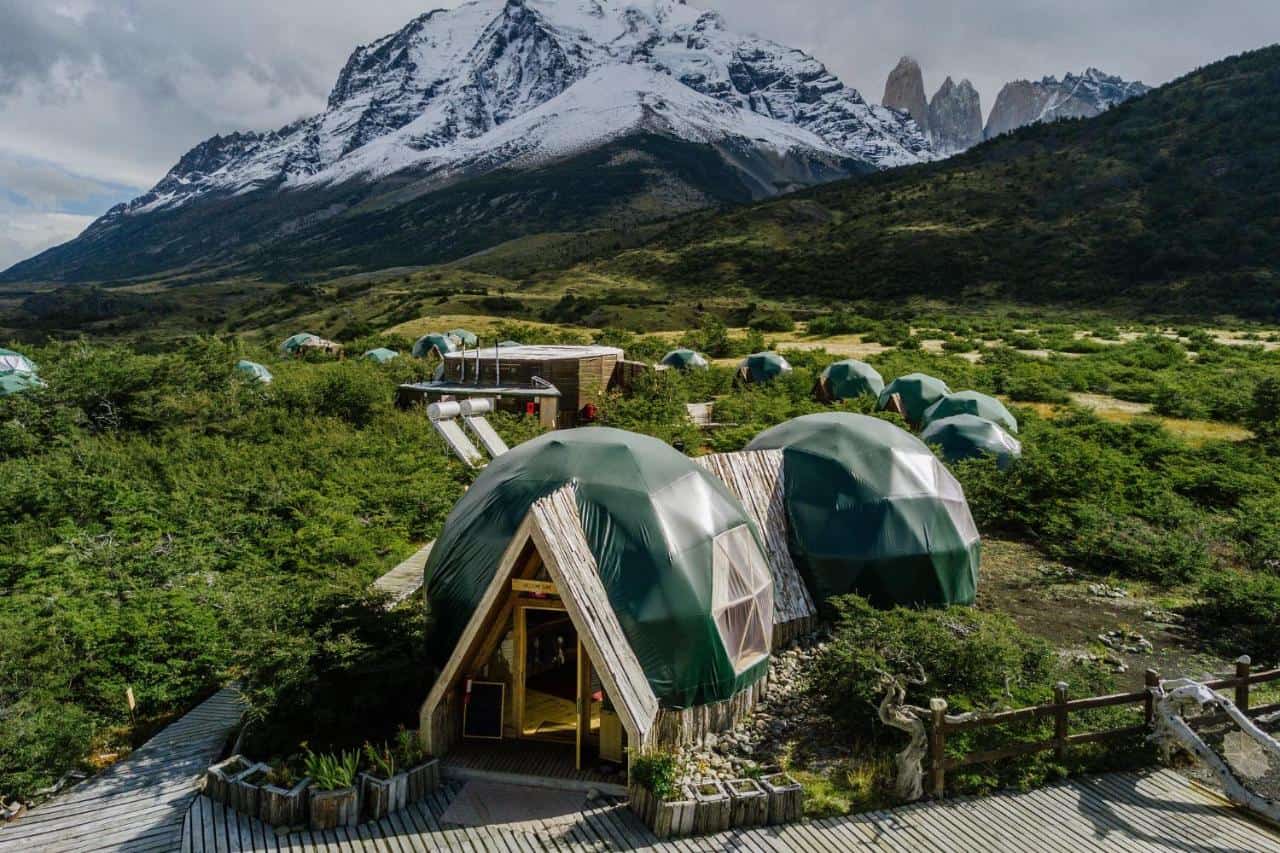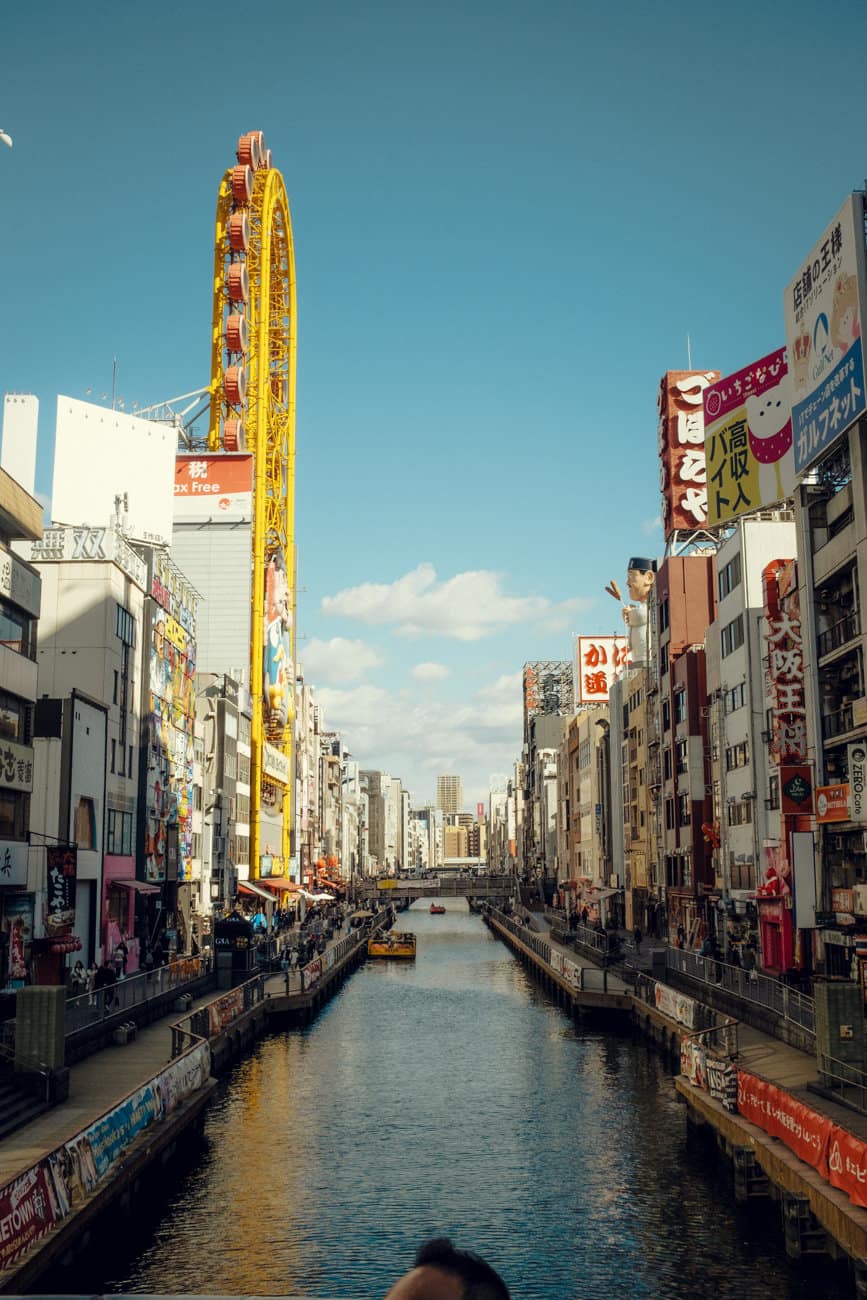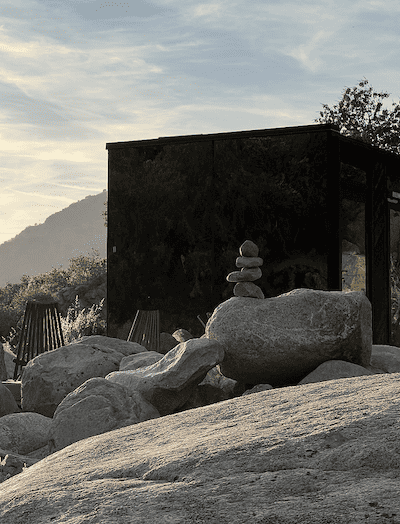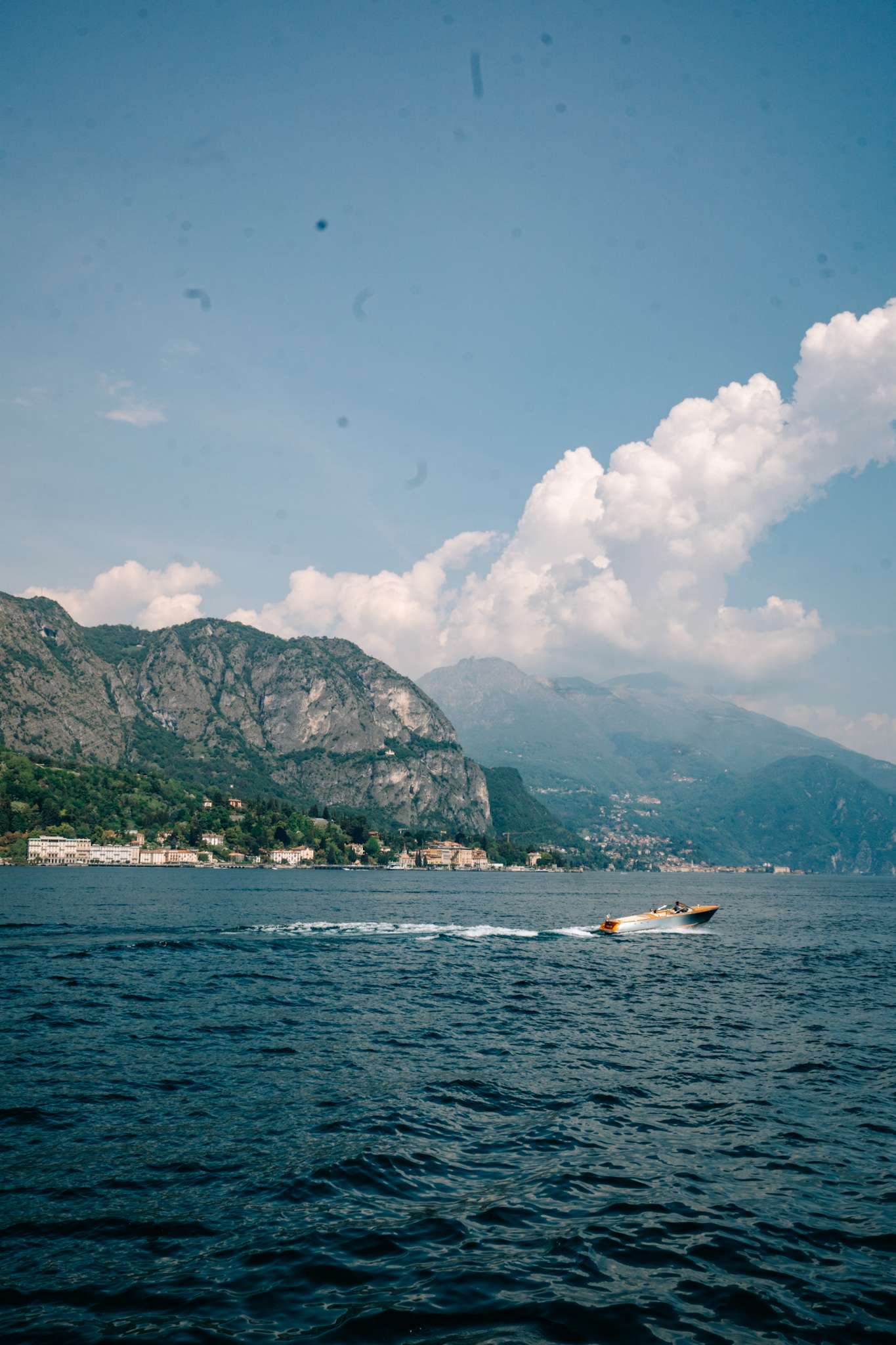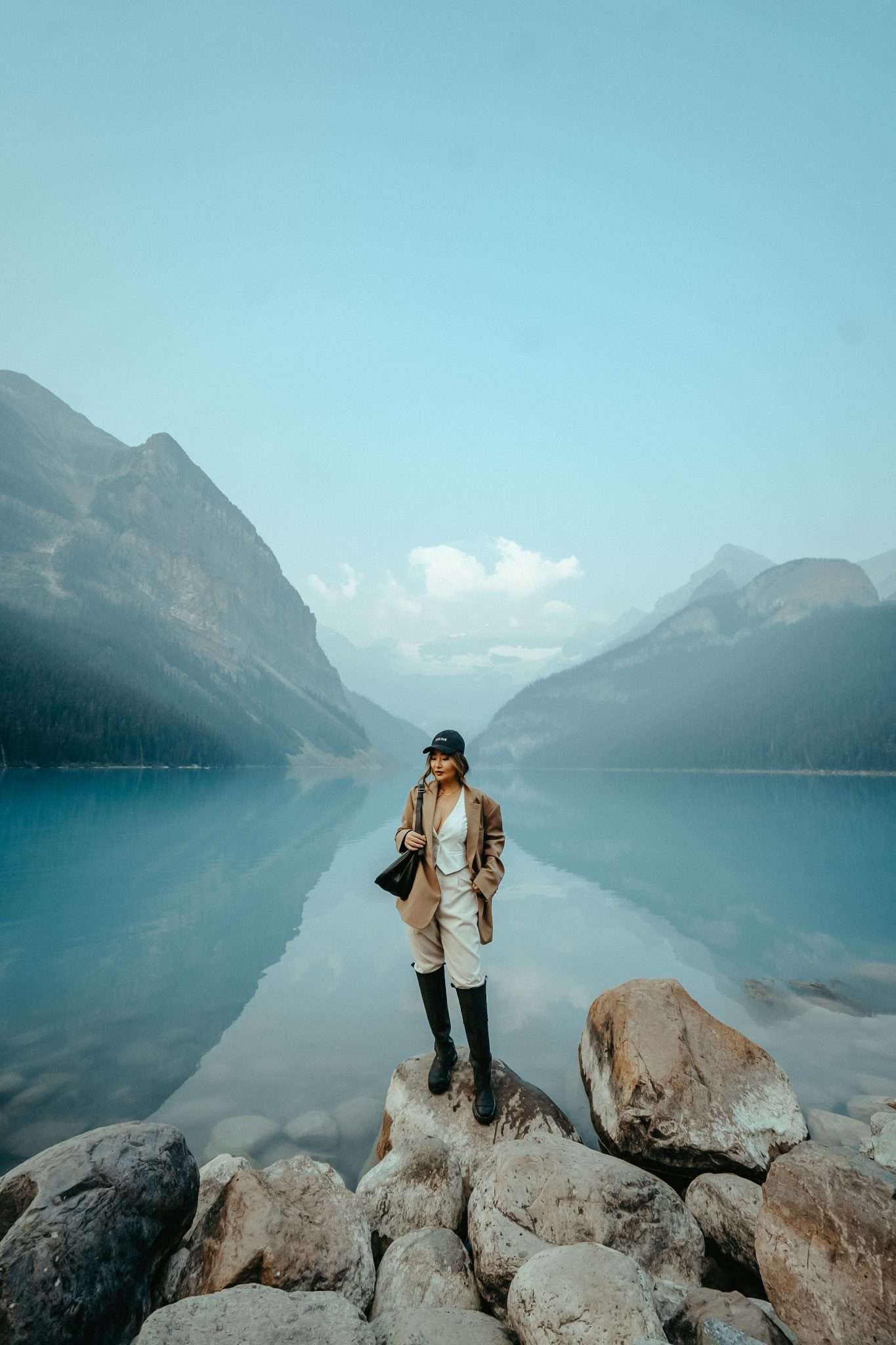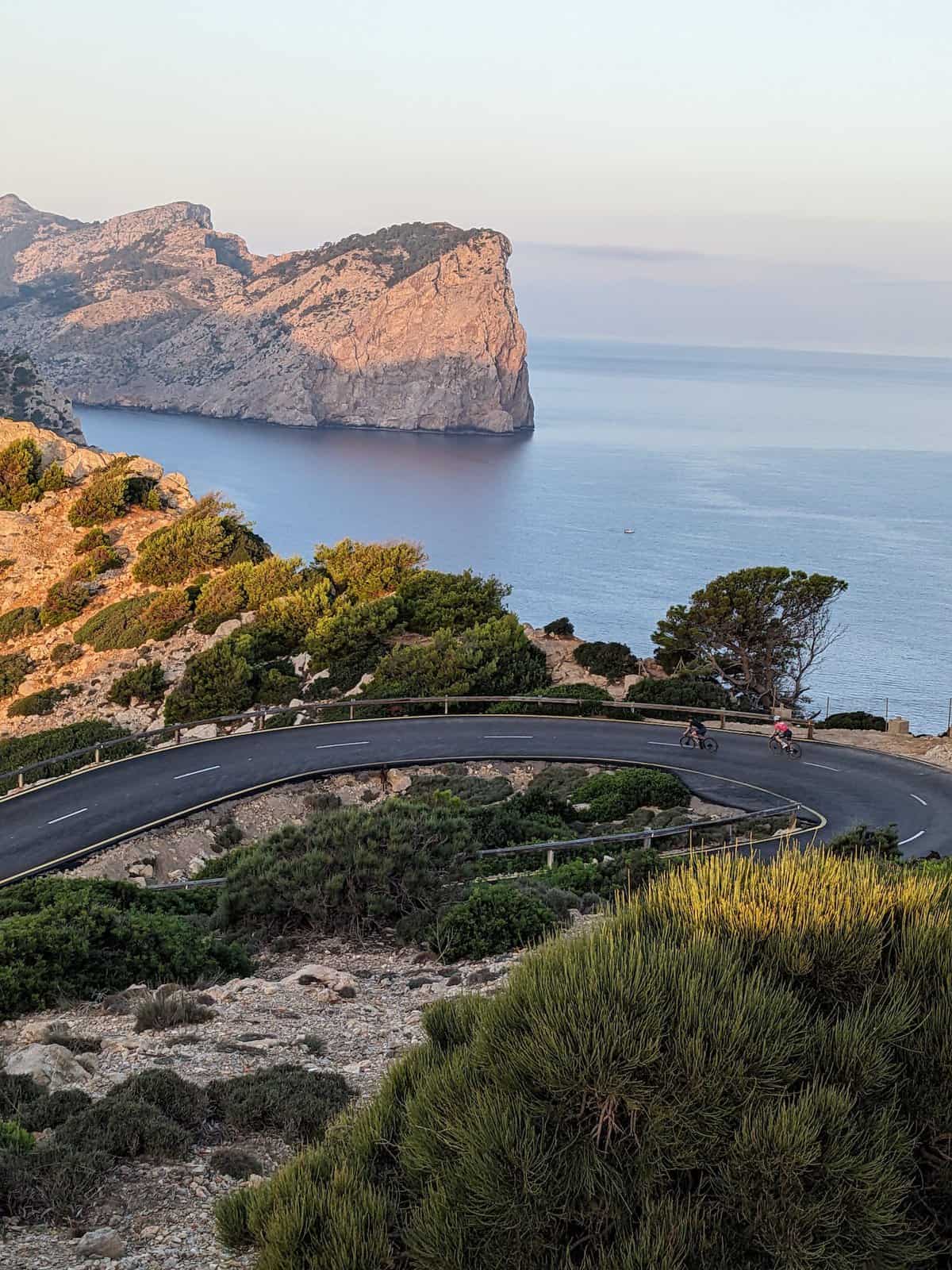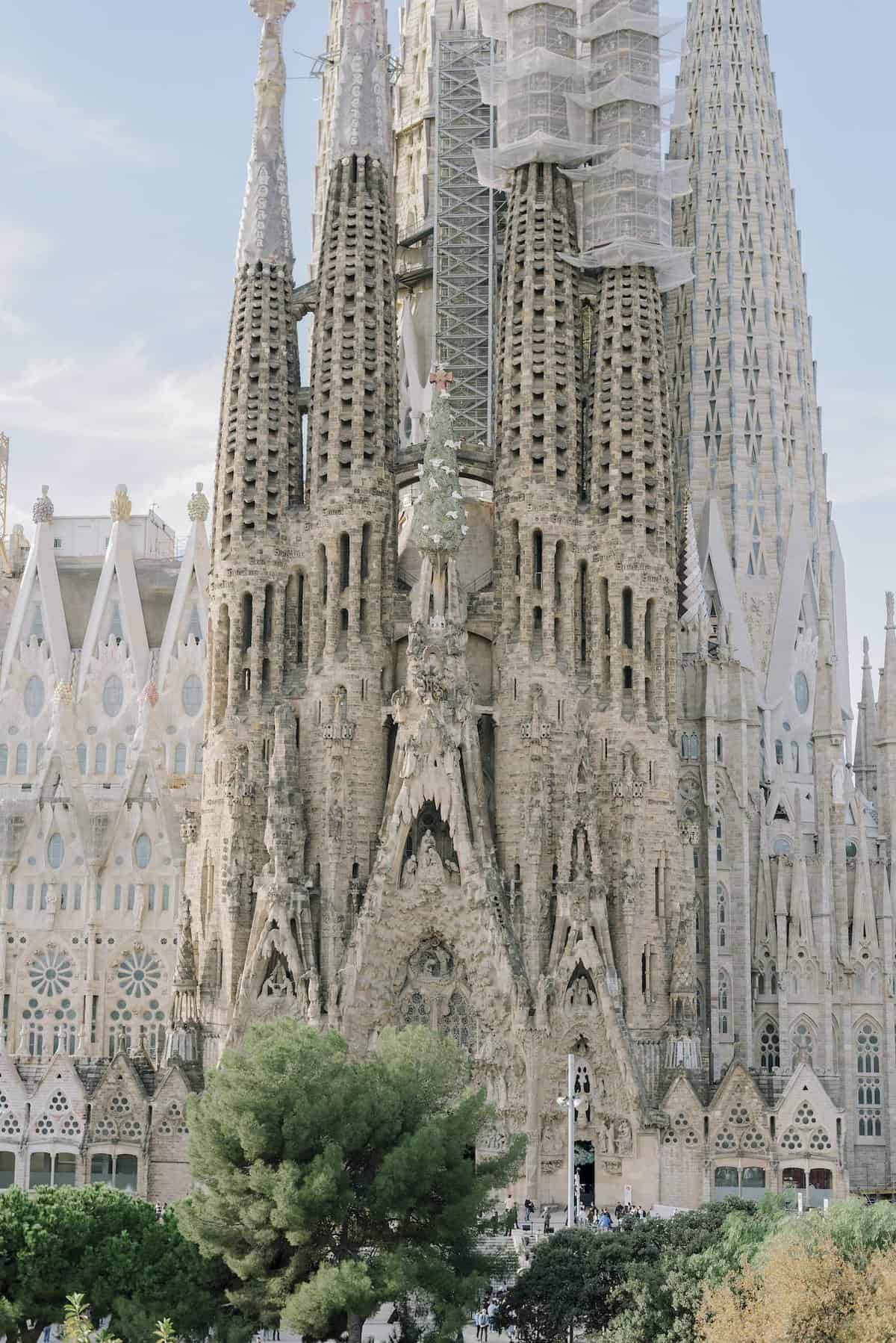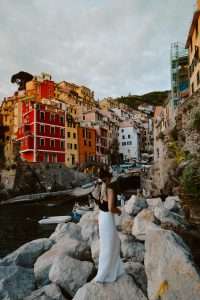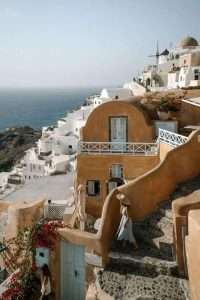Discover the Ancient Wonders of the Coba Ruins Tulum Mexico
Are you looking to visit the Coba Ruins Tulum Mexico? I visited the Mayan ruins of Coba Mexico and It’s one of the most fascinating and well-preserved Pyrramids in Mexico. It’s the only few Archeological sites you can still climb. Want to know how to visit and more about the Coba Pyramid in Mexico? I have all you need to know for the ultimate Coba trip!
I first visited Coba on a whim several years ago and was immediately struck by its raw beauty and air of mystery. Unlike famous ruins like Chichen Itza or Tulum Ruins, Coba is still largely unexcavated, with only a fraction of its estimated 6500 structures uncovered from the dense forest. This makes exploring the site feel like you’re discovering a lost city for the first time.
If you’re staying anywhere along the Riviera Maya, trust me – you won’t want to miss visiting Coba. To help you make the most of your experience, I’ve put together this comprehensive guide with everything you need to know, plus some personal tips I’ve picked up over multiple visits. Let’s dive in!
READY TO BOOK YOUR TRIP?
Best Travel Resources to plan your trip
more helpful travel resources
*This site contains product affiliate links, and I may get a commission, which costs you nothing extra. Thanks for your support
While you can visit Coba independently, I highly recommend going as part of a guided tour. Not only will you get valuable insights into the fascinating history and culture of the Mayans, but tours often include convenient roundtrip transportation and stops at stunning nearby cenotes (more on those later!). It’s the best way to experience the full magic of Coba without any hassle.
Don’t have time to read the full article?
Book this Coba Ruins tour— a convenient and comfortable experience with a near-perfect 5 Star rating.
Discover the Ancient Wonders of the Coba Ruins Tulum Mexico
No time to read it all? Here are the highlights:
- Coba was one of the largest and most powerful ancient Mayan cities, with 6500 structures spread over 30 square miles
- You can climb the 137-foot tall pyramid Nohoch Mul for panoramic jungle views
- Rent a bike or take a bici-taxi to get around the expansive site
- Swim in the crystal-clear waters of nearby cenotes Choo-Ha, Tamcach-Ha, and Multum-Ha
- Coba is an easy day trip from Tulum, Playa del Carmen, and Cancun
Keep reading for more details on how to maximize your time at this incredible archaeological site!
where is coba ruins in mexico
The Coba ruins are located in the heart of Mexico’s Yucatan Peninsula, about 44 km (27 miles) northwest of the popular beach town of Tulum.
Specifically, the ancient Mayan city of Coba is situated near the modern-day town of Coba Pueblo in the state of Quintana Roo, close to the border with Yucatan state. The ruins are surrounded by thick jungle, with two large lagoons (Coba and Macanxoc) bordering the site.
Here are some approximate distances and driving times to Coba from major tourist destinations in the region:
- Tulum: 44 km / 40 minute drive
- Playa del Carmen: 109 km / 1.5 hour drive
- Cancun: 134 km / 2 hour drive
- Valladolid: 60 km / 1 hour drive
- Chichen Itza: 122 km / 1.5 hour drive
The ruins are easily accessible via Federal Highway 109, which connects Coba with Tulum to the east and Valladolid to the west. The entrance to the archaeological site is well-marked and located just off the main road.
If you’re staying in any of the popular tourist zones along the Riviera Maya, such as Tulum, visiting Coba makes for an excellent day trip to escape the beach crowds and immerse yourself in the fascinating world of the ancient Maya.
Whether you choose to drive yourself, take a taxi or colectivo, or join a guided tour, getting to Coba is relatively straightforward. Just be prepared for a bit of a bumpy ride on the final stretch of road leading into the site!

what is the coba ruins famous for?
The Coba ruins are famous for several reasons that make them a unique and fascinating destination among the ancient Mayan sites of Mexico’s Yucatan Peninsula. Here are some of the key things Coba is known for:
Nohoch Mul Pyramid
Coba’s claim to fame is the massive Nohoch Mul pyramid, which at 42 meters (138 feet) tall is the highest ancient structure in the Yucatan. What’s even more incredible is that visitors can still climb the steep stone staircase to the top for panoramic jungle views – a rare opportunity at Mayan sites these days.
Sacbe (White Roads)
Coba boasts the most extensive network of sacbe (raised limestone roads) in the Mayan world, with over 50 crisscrossing the site and extending to distant cities like Yaxuna near Chichen Itza. The longest sacbe at Coba stretches an incredible 100 km (62 miles)! Biking or strolling these ancient highways is a special experience you won’t find at other ruins.
Jungle Setting
While many famous Mayan sites like Chichen Itza or Tulum are largely cleared of vegetation, Coba remains enveloped by lush jungle, giving it an untouched, mystical atmosphere. Exploring the vine-draped structures scattered throughout the dense forest feels like discovering a lost city frozen in time.
Mayan Ball Courts
Coba is home to two well-preserved ball courts where ancient Mayans played pok ta pok, a sacred game with ritualistic and political significance. Seeing these impressive stone structures up close and imagining the high-stakes competitions that once took place here is both thrilling and thought-provoking.
Stelae Carvings
Throughout the site, you’ll find large stone slabs called stelae featuring intricate carvings and hieroglyphic inscriptions that provide fascinating insights into Mayan history, beliefs, and daily life. Coba’s stelae are known for depicting powerful female rulers, hinting at women’s important role in the city’s political structure.
Cenotes Nearby
Just a stone’s throw from Coba are three of the Yucatan’s most beautiful and swimmable cenotes (natural sinkholes filled with crystal-clear groundwater). After working up a sweat exploring the ruins, nothing beats a refreshing dip in these jungle swimming holes that held sacred significance for the Maya.
Less Crowds
Despite its historical importance and impressive structures, Coba sees far fewer visitors than the Yucatan’s most famous Mayan sites like Chichen Itza and Tulum. This means you can explore the ruins at a relaxed pace without battling huge crowds, and even find some moments of solitude to really soak up the ancient energy.
TIP: To fully appreciate the fascinating history and cultural significance of Coba, I highly recommend visiting with a knowledgeable guide who can bring the ancient city to life with stories and insights. Hire a certified guide at the entrance or book a guided tour from a nearby hub like Tulum or Playa del Carmen.

Coba ruins tulum mexico history
Coba, which means “waters stirred by the wind,” was one of the largest and most influential Mayan cities during the Classic Period. The site was first settled around 100 AD near two large lagoons that provided a vital water source.
By 600 AD, Coba hit its peak, with a population of 50,000 and a vast network of elevated limestone roads called sacbe connecting its residential areas, grand plazas, and pyramids. Standing at the base of the mighty Nohoch Mul pyramid, I could only imagine the bustle of life in Coba 1500 years ago at the height of its reign over the Yucatan.
But Coba’s glory days were relatively short-lived. Around 900 AD the city entered a prolonged conflict with Chichen Itza, a rivalry that contributed to its slow decline and eventual abandonment around 1550 AD.
Unlike other sites that were extensively looted, Coba sat largely untouched for centuries, hidden away under a sea of green. Even today, only a tiny percentage of the site has been excavated, adding to the thrill of discovery you feel wandering through its ruins.
Coba Ruins Map

How to get to Coba pyramids mexico
The most convenient way to visit Coba is to drive yourself, either in a rental car or with a hired taxi or driver. The ruins are an easy day trip from Tulum (44km), Valladolid (60km), Playa del Carmen (109km) or Cancun (134km).
How far is Coba ruins from tulum or cancun
keep in mind Coba is about a 45-minute drive from Tulum, 1.5 hours from Playa del Carmen, and 2 hours from Cancun.
Having your own transportation allows you to arrive early before the tour buses and explore at your own pace. Parking at Coba costs $50 pesos.
Tip: When I went to Coba I hired a private driver for the day who took us to Cenotes and Coba ruins. It costed about $1700 pesos for the day. I recommend you book a guided tour it’s the most cost effective and convenient way to explore Coba archaeological site.
If you’re not looking to arrange your own transportation, I can’t recommend booking a guided tour enough. You can sit back and relax while your guide handles all the logistics and shares fascinating insights into Mayan history and culture. Plus, you might get to stop at a traditional Mayan village or enjoy a regional lunch. Two birds, one stone!

Best Coba Ruins Tulum Mexico tours
Some highly rated options include:
- Tulum Ruins, Coba, Custom Priate Full-Day Tour – visit both ruins plus Cenote Ik Kil from Cancun/Riviera Maya
- Coba, Tulum, Cho-Ha Cenote and Paradise Beach, Yucatan – see Coba, Tulum, swim in a cenote, and hit the beach from Playa del Carmen
- Private Tour to Coba & Cenote Swim – half-day tour of Coba plus cenote from Tulum
Best Coba Ruins Tulum Mexico tours
Some highly rated options include:
- Tulum Ruins, Coba, Custom Priate Full-Day Tour – visit both ruins plus Cenote Ik Kil from Cancun/Riviera Maya
- Coba, Tulum, Cho-Ha Cenote and Paradise Beach, Yucatan – see Coba, Tulum, swim in a cenote, and hit the beach from Playa del Carmen
- Private Tour to Coba & Cenote Swim – half-day tour of Coba plus cenote from Tulum
Best time to go to ruins at coba
Coba is open 365 days a year from 8 AM to 5 PM (last entry at 4:30 PM). I’ve found the best time to visit is early in the morning right when the site opens, or later in the afternoon after 1 PM when crowds thin out. Avoid midday when the sun is most intense and tour buses arrive.
If you visit on a Sunday, keep in mind that’s the day Mexican nationals get in free, so crowds will be much larger (but also livelier!).
Tip: Bring insect repellent! The mosquitos are dense as it is in the middle of the jungle.

What to See at Coba mayan ruins
Nohoch Mul Pyramid
The star attraction of Coba is the Nohoch Mul pyramid, a massive 137-foot tall structure that is the tallest in the Yucatan. Built as a sacred temple for religious ceremonies, the pyramid has 120 steep stone steps leading up to a temple at the top.
A thick rope runs down the center to assist with the daunting climb. Your effort is rewarded with a breathtaking 360-degree view over the endless jungle canopy and shimmering lagoons in the distance. Take a moment to imagine what the city looked like in its heyday 1000+ years ago.
As of early 2024, climbing Nohoch Mul is currently allowed, but this is subject to change so check for any posted signs. The climb is challenging and potentially dangerous, especially when descending the slippery, uneven steps, so climb at your own risk. Closed-toed shoes with good traction are recommended.
Ball Courts
Coba has two well-preserved ball courts where the Maya played pok ta pok, a game that involved keeping a heavy rubber ball in play without using hands or feet.
The goal was to pass the ball through a stone ring mounted high on the court walls. The game had religious and political significance – sometimes the losing team was sacrificed to the gods.
The ball courts showcase the importance of sports in Mayan culture and the engineering prowess required for their construction.
Sacbe (White Roads)
Coba has the largest network of sacbe (white roads) in the Mayan world, with over 50 raised limestone causeways radiating out from the city center. These wide, elevated roads functioned as a transportation network for moving goods and people between settlements.
You can walk or bike along the sacbe to the various clusters of ruins spread out over the 30 square mile site. It’s a unique opportunity to travel the same routes used by the ancient Maya.

Stelae
Stelae are large stone slabs with elaborate carvings that record important dates, historical events, and portraits of rulers and elites. Coba has numerous stelae depicting royals, warriors, and captives that provide a fascinating glimpse into the city’s history.
Some of Coba’s stelae show noble women, suggesting they may have held positions of power. One stela is believed to depict Coba’s famous “queen.”
Macanxoc Group
This cluster of buildings located near the Coba lagoon was likely a residential area for the city’s elite. The group includes several small temples, platforms, and an impressive stela depicting a queen or goddess.
The vegetation is particularly lush in this area, giving you a sense of how the jungle has reclaimed much of the city.
TIP: Coba is huge – it spans over 30 square miles! To cover more ground, I recommend renting a bike for about $50 pesos near the entrance and pedaling yourself around the sacbe to explore. It’s faster than walking and lots of fun.
Planning Your Visit to Coba Ruins Mexico
- Coba is located 44 km northwest of Tulum, 109 km from Playa del Carmen, and 134 km from Cancun
- The ruins are open daily from 8am-5pm, with last entry at 4:30pm
- You can explore on foot, rent a bicycle for around $50 pesos, or hire a bici-taxi for about $150 pesos roundtrip from the entrance to the Nohoch Mul pyramid
- Guides are available starting at $500-700 pesos and provide valuable context about the site’s history and culture
- Bring comfortable walking shoes, sun protection, insect repellent, and plenty of water. There are a few shops and restaurants near the entrance
- Beat the crowds and heat by arriving early (8-10am) or later in the afternoon (after 1pm)
Coba ruins entrance fee
As of 2024, the entrance fee for the Coba Archaeological Site is:
- $100 pesos per person for general admission
- $50 pesos for Mexican nationals and permanent residents
- Free for children under 13, adults over 60, and students with valid ID on Sundays
Parking costs an additional $50 pesos if you drive yourself.
It’s important to bring cash, as credit cards are not accepted at the ticket booth. Both Mexican pesos and US dollars are accepted, but pesos are preferred. There is no ATM on site, so be sure to bring enough money for entrance, transportation, food/drink, and any additional activities like bike rentals or cenote visits.
TIP: If you book a guided tour, double-check what’s included in the price. Some cover your entrance to Coba and cenotes, while others only include transportation and guide services. Confirm before reserving so there are no surprises!
Coba ruins tulum mexico tickets
Where to Buy Coba Tickets
You can purchase your tickets directly at the entrance to the Coba ruins. There’s no need to buy in advance online. The ticket booth is open from 8:00 AM to 4:30 PM daily, with the site closing at 5:00 PM.
If you book a guided tour, check to see if the entrance fee is included in the price or if you need to pay on arrival.
TIP: For a more immersive experience, consider hiring a certified guide at the entrance or booking a guided tour that includes transport and tickets. Guides can provide valuable insights into the history and significance of the structures you’re looking at, transforming piles of stones into a fascinating glimpse of ancient Mayan life.

Other Costs in Coba Ruins to Consider
In addition to your entrance fee, budget for:
- Bicycle rentals: $50 pesos to explore the sacbe (ancient white roads) on two wheels
- Bici-taxi service: $150-200 pesos for a guided tricycle ride to the main pyramid and back
- Cenote visits: $100-150 pesos entrance fee per cenote if visiting independently
- Lunch: $150-300 pesos for a meal at an on-site restaurant or nearby Coba Pueblo
- Guide services: $500-800 pesos for a certified guide hired at the ruins (not including entrance fee)
Visiting the Cenotes near coba
One of the best parts of visiting Coba is that when you’re done exploring the ruins, you can head to one of several spectacular cenotes just minutes away to cool off with a refreshing swim.
Cenotes are natural sinkholes filled with crystal-clear freshwater that held both practical and sacred significance to the Maya. They believed they were portals to the underworld, used for rituals and sacrifices. Today, they’re the perfect place to escape the heat and experience the Yucatan’s unique geology up close.
The three cenotes closest to Coba are:
- Cenote Choo-Ha – Filled with brilliantly turquoise water and draped with dramatic stalagmites. This one is a crowd-pleaser!
- Cenote Tamcach-Ha – Feeling brave? Tamcach-Ha has a jumping platform over 30 feet high where you can take the plunge into its deep sapphire waters.
- Cenote Multum-Ha – A local favorite thanks to its remote jungle location and serene garden setting.

Entrance to each cenote costs around $100-120 pesos and they have amenities like bathrooms and life jackets. Just don’t forget your towel and a waterproof camera!
TIP: Many guided tours include a cenote visit in their itinerary, with hotel pickup, lunch, and admission all bundled together at one price. It’s a convenient way to combine a visit to Coba with a refreshing swim without having to arrange separate transportation. Plus, you might get to try traditional Mayan food at a local restaurant – a delicious bonus!
What To Bring to coba ruins in mexico
Comfy shoes, sun protection, insect repellent, water – the Coba essentials! Since much of the site is shaded under the jungle canopy, lightweight hiking clothes are ideal. I like to bring my own refillable water bottle and a few snacks, but there are some food stalls and shops near the entrance if you need.
Other useful items might be binoculars for wildlife spotting, a guide book to dive deeper into Mayan history, and a rain jacket if you’re visiting during the wet summer season.
Tips for Visiting coba ruins
- Go early or late in the day to avoid crowds and heat. Arriving at opening gives you 1-2 hours before most day tour groups arrive.
- Rent a bike or hire a bici-taxi to more easily navigate the large site. It’s a fun way to see more in less time, especially if you want to climb Nohoch Mul.
- Visit on Sunday when Mexican residents get in free – the crowds will be bigger but the energy and atmosphere is festive.
- If you go with a guide, confirm the price and what’s included before booking. Some only cover the ruins while others include cenote admission.
- Bring cash for entrance fees, transportation, food and tips. Credit cards are not widely accepted at Coba.
- Take your time – Coba is a huge site so budget at least 2-3 hours to appreciate it, more if you plan to bike the sacbe or do the pyramid climb.
With its jungle setting, climbable pyramid, fascinating history, and stunning cenotes, Coba offers a unique and immersive experience of the Mayan world. It’s a Yucatan must-see that should be on any archaeology or adventure lover’s bucket list. Start planning your own Coba expedition today!


